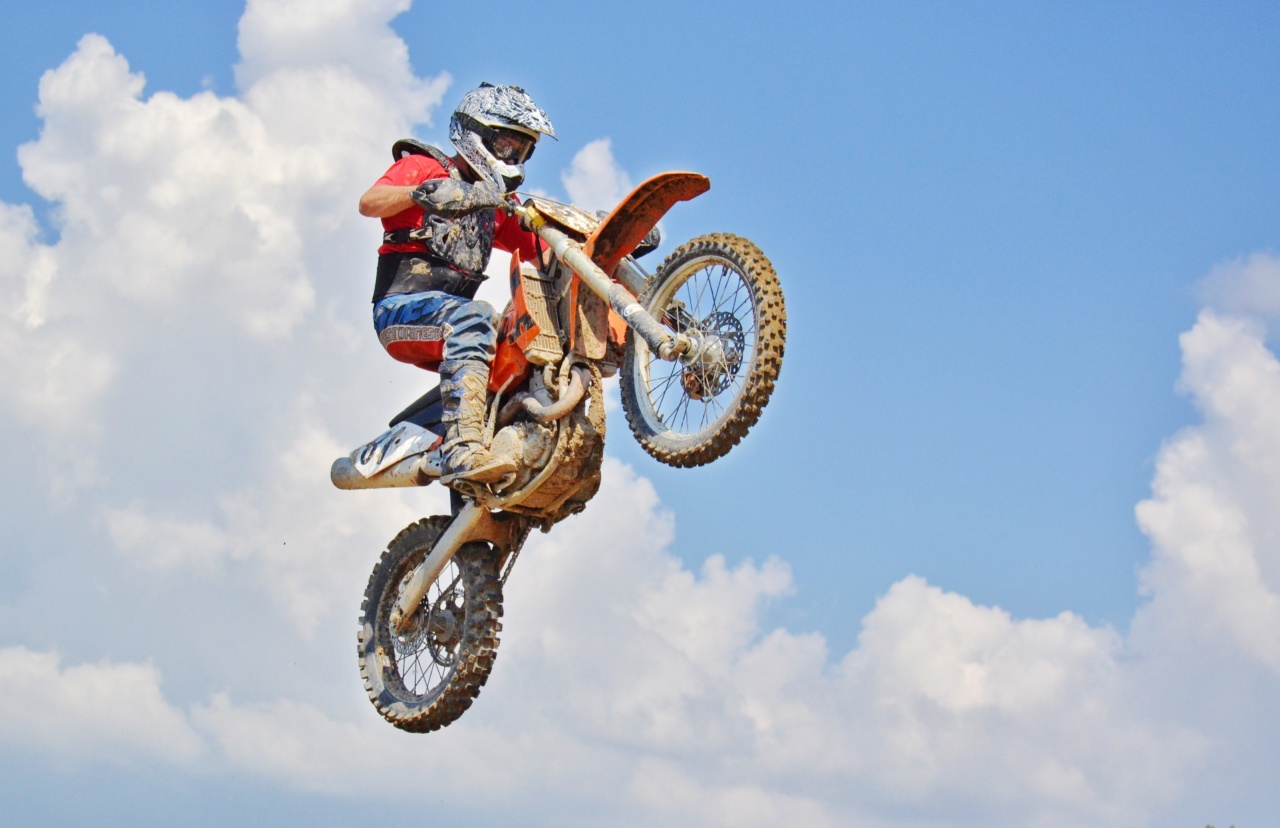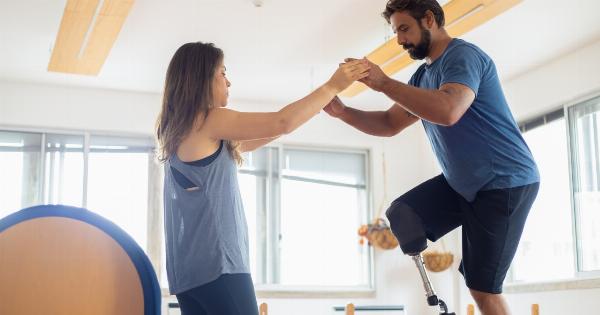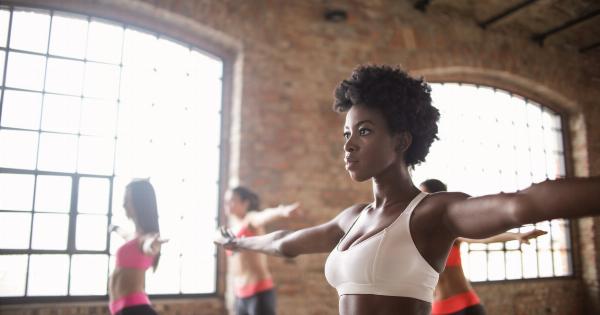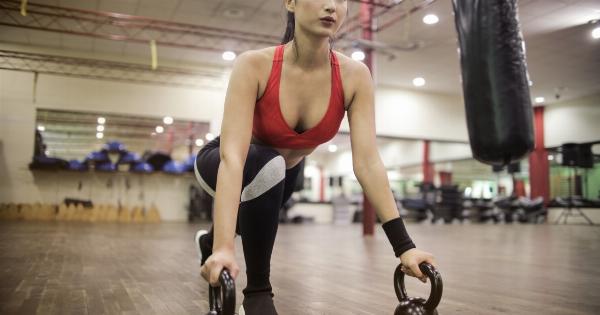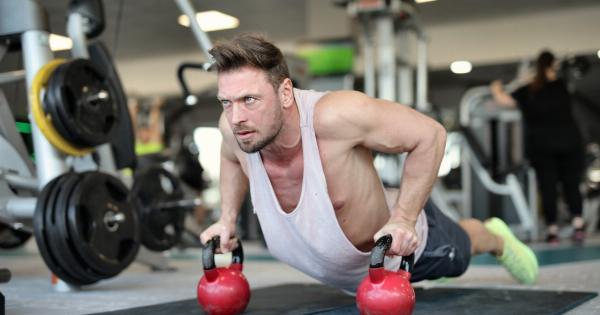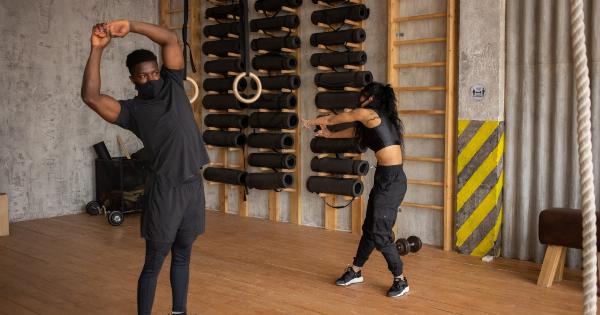Parkinson’s Disease is a neurodegenerative disorder that affects the dopamine-producing cells in the brain. This leads to a wide range of motor symptoms such as tremors, rigidity, slowness of movement, and balance issues.
While there is no cure for Parkinson’s Disease, various treatments and therapies can help manage the symptoms.
Sport and physical activity have been shown to have numerous benefits for individuals with Parkinson’s Disease.
Engaging in regular exercise programs that focus on specific motor skills can significantly improve motor function and quality of life for these individuals. In this article, we will explore how participating in sports can help improve motor function in individuals with Parkinson’s Disease.
Enhancing Movement and Agility
Participating in sports requires individuals to move their bodies in various ways, improving their overall movement and agility.
Activities such as running, jumping, and quick changes in direction help improve muscle strength, flexibility, and coordination. These improvements in movement can help individuals with Parkinson’s Disease overcome their difficulties in initiating and executing movements, leading to improved motor function.
Improving Balance and Coordination
Parkinson’s Disease often affects an individual’s balance and coordination, making them more prone to falls and injuries.
Sports that challenge balance and coordination, such as yoga, tai chi, and dance, can be particularly beneficial for improving these skills. Regular participation in such activities can help individuals with Parkinson’s Disease maintain their balance, prevent falls, and enhance their overall coordination.
Stimulating Neuroplasticity
Engaging in sports promotes neuroplasticity, which refers to the brain’s ability to adapt and reorganize itself by forming new neural connections.
This is particularly important for individuals with Parkinson’s Disease, as the condition leads to a loss of dopamine-producing cells. Sports and physical activity stimulate the production of growth factors and promote the creation of new neural connections, slowing down the progression of the disease and improving motor function.
Enhancing Cardiovascular Fitness
Many individuals with Parkinson’s Disease also experience cardiovascular issues. Engaging in sports and aerobic activities helps improve cardiovascular fitness, which in turn improves overall health and stamina.
Increased cardiovascular fitness not only has a positive impact on the heart and blood vessels but also supports better oxygenation to the brain, which can further improve motor function.
Boosting Mood and Mental Well-being
Sports not only provide physical benefits but also have a positive impact on mental well-being. Physical activity releases endorphins, which are known as “feel-good” hormones, promoting a sense of happiness and relaxation.
Individuals with Parkinson’s Disease often experience depression and anxiety, and participating in sports can help alleviate these symptoms. Improved mood and mental well-being can indirectly contribute to better motor function in individuals with Parkinson’s Disease.
Utilizing Specific Sports for Motor Function Improvement
While any form of sport or physical activity can be beneficial for improving motor function in individuals with Parkinson’s Disease, certain sports have shown particularly positive outcomes:.
1. Boxing
Boxing training includes a combination of agility, coordination, and strength exercises. It has been shown to improve balance, motor coordination, and overall quality of life in individuals with Parkinson’s Disease.
2. Swimming
Swimming is a low-impact exercise that helps improve overall muscle strength, flexibility, and cardiovascular fitness. It can also enhance coordination and balance, making it an excellent choice for individuals with Parkinson’s Disease.
3. Cycling
Cycling is another low-impact activity that helps improve cardiovascular fitness, leg strength, and overall mobility. It can be particularly helpful for individuals with Parkinson’s Disease as it is a non-weight-bearing exercise.
4. Dance
Dance involves not only physical movements but also mental coordination, memory recall, and creativity. It has been shown to improve motor function and overall well-being in individuals with Parkinson’s Disease.
5. Tai Chi
Tai Chi is a gentle martial art that focuses on slow, flowing movements and deep breathing. It improves balance, flexibility, and muscle strength, making it an excellent choice for individuals with Parkinson’s Disease.
Conclusion
Sport and physical activity offer tremendous benefits for individuals with Parkinson’s Disease in improving motor function.
Engaging in sports not only enhances movement, agility, balance, and coordination but also stimulates neuroplasticity and improves cardiovascular fitness. Additionally, participating in sports has positive effects on mood and mental well-being, which indirectly contributes to improved motor function.
By utilizing specific sports that focus on the motor skills affected by Parkinson’s Disease, individuals can experience significant improvements in their quality of life. It is important to consult with healthcare professionals and participate in tailored programs to ensure safe and effective participation in sports for individuals with Parkinson’s Disease.
